SEASON: A Letter to the Future review
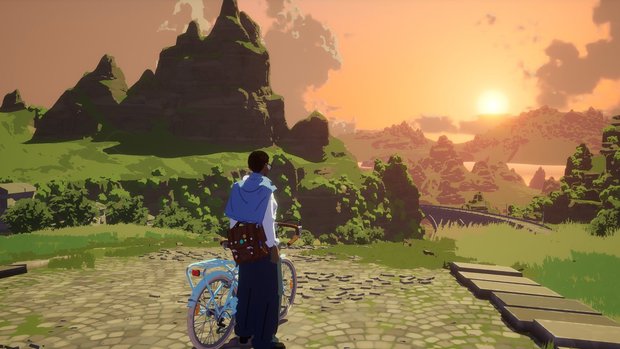
- 1 Comment
Magical realist adventure beautifully cycles through art and introspection
If you’re wondering, “What exactly is this SEASON: A Letter to the Future game, anyway?” well, I’ve played it and I’m still wondering the same thing. So let’s wonder a little together, shall we? Created by Scavengers Studio, SEASON is a magical realist arthouse adventure, a slice-of-life coming-of-age story, and a postapocalyptic, pre-apocalyptic (yes, both) tale of the death and rebirth of civilizations and the connections and memories that flow through them. There are photos, tape recorders, and payphones alongside protective talismans, memory-altering crystals, and prophetic dreams. It involves third-person bicycle exploration, self-reflective psychological choices, investigative photojournalism, and pages upon pages of scrapbooking. It can be dense and melancholy one moment, and laugh-out-loud funny the next. You can pray to an ancient god or charm cows with radio tunes. Despite the odd mix, it all works rather well together, and I suppose that SEASON is in a category of its own, carving its strange but charming path through the landscape like an earnest, musing, cerebral girl on a bicycle.
The initial setup is as intriguing as it is ambiguous: At some point in what feels like an alternate timeline of this world or another world not entirely like our own, a child had a dream, and a village elder took it as a sign that the “season” would be ending, that things as they have been are coming to a close. It’s not exactly the end of the world, just the end of this iteration of it. Indeed, there have been wars and rumors of wars, and strange psychological illnesses, and things are going to change, in some way or another. This elicits a desire to preserve as much as possible for those to come who will pioneer the next season of civilization.
That’s where you come in. As a young woman in a remote mountain town, you are eager to stretch your wings and explore the world, so the elder decides that you should grab your tape recorder and Polaroid-esque camera and head off on a grand bicycle road trip, capturing the sights and sounds of this season, or at least some slice of it, and sprinkle in whatever philosophical insights and literary metaphors you dream up along the way. You’ll compile all that into something like a scrapbook (with a handy built-in tape player, it seems), and carry it off to a vault to be stored for whoever will unearth it in the future.
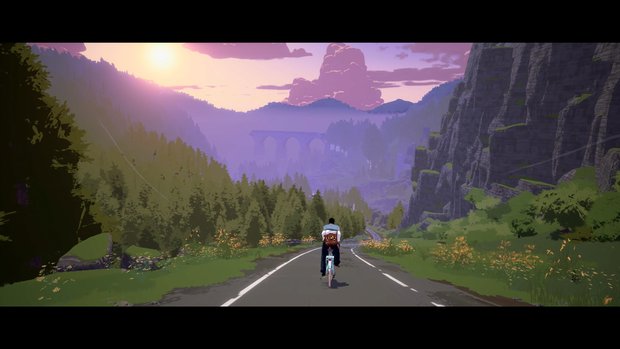
As with many games about going on a journey, SEASON starts you off in your home, in your bedroom, about to leave—after breakfast, of course. The preparations you take and the interactions with your mother set the tone for the game and give a bit of family history. Like any good parent, your mom is trying to make you a magical protective talisman by sacrificing her own memories, and all you have to do is decide which memories get axed by selecting various objects around the house that have a look or a feel or a smell that are somehow important or special to you. It’s an interesting opening, although it felt a little too soon to be so sentimental, like going on a blind date and being asked to recount the three most meaningful moments of your life before you’ve even had a chance to glance over the menu.
Once you bid your farewell and head out into the mountain village, the game really begins to breathe, and I quickly found myself captivated by the sights, sounds, and storytelling. As you freely roam around in third-person, you can examine or interact with various bits of your surroundings, highlighted with button-press prompts as you near them, and your character will often make fully voiced commentary, giving you interesting tidbits that serve as a drip-feed of information about your life, the culture, and recent events.
If the intro wasn’t peculiar enough for you, there’s plenty more weirdness to ponder over, from strange musical instruments chiming away unattended, to posters praising a Dr. Fumio for saving the town from such maladies as “dream sickness,” “time misperception disorder” and “memory excess.” Some of it is so odd that it raises more questions than answers, but the designers manage to strike that delicate balance between surrealism and the familiar. With tacky postcards, slide projectors, and vending machines, there are enough vestiges of modern (well, late 1980s) technology and ephemera throughout the game that you’ll get the impression that this world is not so foreign after all.

As you leave the village and begin your journey through the hills and valleys, you’re given a bicycle that you’ll use to travel. You could theoretically complete the whole story without ever getting on it, as you can walk all of the same areas, but many of the locations are large enough to encourage you to hop on and speed through the countryside, and that open-road sense of freedom is certainly compelling, enhanced by the sparse and calming soundtrack that straddles the border between world-fusion and abstract electronic. Even if you completely forget where you last put it like I often did, there’s an option in the menu to “retrieve bicycle,” so your faithful metal steed is never far away.
The environments are gorgeously rendered in a sort of painterly cel-shading, and as you progress the sun makes its arc through the sky, bathing the landscape in the various oranges and pinks and blues of the corresponding time of day. All of that pastoral beauty made me grateful for a solid camera mechanic. At any time you can pull out your camera, which is fully featured with zoom, depth of field options, and a variety of filters to give the artist in you a chance to tinker. Once your shutter clicks and your masterpiece is complete, you can add that image to your scrapbook. Each two-page spread in your book is devoted to the different locations you encounter, and you can doll it up with photos, sketches (that are mercifully made for you), little explanatory or poetic remarks, scraps of things you might pick up, and decorative flourishes.
For some unexplained reason, you can even put sounds in there, which leads to the other capturing mechanism: your audio recorder. Much like the camera, you can pull it out at any time, point it at something in first-person view, and then record that sound for a few seconds, whether that be an animal, some machine or instrument, or just the wind in the trees. This recording too can be dropped into the scrapbook as an icon with a little play button sketched onto the page.
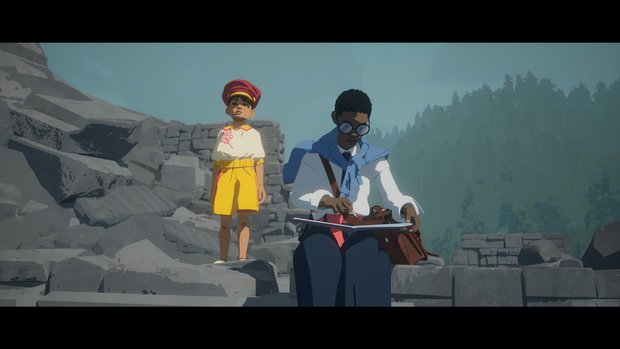
What value any resident of future society was supposed to find in my cobbled together picture book travel memoir is a little beyond me, but I enjoyed the process all the same. It mixes creativity with a collection impulse, as each page is only considered “complete” when you’ve added at least five elements to it, at which point you are given access to additional stamps to decorate it even further. A couple of hours into the game, the world opens up to be much less linear, and you are free to explore a chunk of countryside in whatever order you wish, gathering pieces of information, recording the way water drips into a cistern, deciding how many swirls you should add to your journal, and musing your poetic thoughts.
If that all sounds a little carefree, that’s because it mostly is, but there are a few exceptions. Although there isn’t really much that could easily be called a puzzle, there are a handful of mysteries that come into play in the form of questions posed in your journal that require additional investigation. You complete these in much the same way as other pages, using photographs and audio recordings, but this time you’re looking for specific pieces of evidence to answer the question. There are hints of conspiracy and intrigue intertwined with some of these, and the answers you uncover help flesh out the details of this season you’ve found yourself a part of, with further understanding as to why it’s ending and what people are doing about it.
Although this leans towards being a solitary and meditative game, you do find a handful of other folks along the way, and these interactions can be anywhere from charming to heart-wrenching to laugh-out-loud funny. They’re all fully voiced, and most of the acting is really well done. One particular city official has to be one of my favorite side characters I’ve come across in some time, with his disarmingly friendly candor and quirky humor. The dialogues you have with these people offer a few choices in how you reply. I restored a handful of manual saves in order to play some conversations over again to see how different responses affected the outcome, and most of them don’t change anything substantial, but you’ll get different information or tales told depending on your selection, much in the same way that dialogue in Kentucky Route Zero flavored the story without truly altering it. That doesn’t mean the choices feel insignificant—I agonized through one conversation with a widow who was seeking advice about which keepsakes of her late husband she should hold onto.
Movement control is one of the rougher aspects to SEASON. It’s recommended that you use a controller (you can play with mouse and keyboard as well), but while this worked well when walking around or taking pictures, the bike riding can be a little touchy in some areas. By the time I was playing, the developer had already patched the game once to improve the bicycle feel, but I still had some difficulty navigating some of the tighter curved paths, which meant I was careening into walls and bushes enough to hamper the sense of wonder and freedom that these rides otherwise invoke, even if there aren’t any actual consequences for doing so. And I’ll save you some headaches now: even when walking, you should generally stick to the more obvious roads and paved areas. If the place you want to explore looks like it’s off the beaten path, that’s because it is. I got stuck on invisible geometry more than a few times as I attempted to wander into the weeds and woods, and it’s clearly enough of an issue that an option has been added to the main menu called “Unstuck,” which respawns you nearby. While handy, it’s more of a band-aid than an actual fix.
By the time I finished at around the eight-hour mark, I had enjoyed many scenic overlooks, strange cultural artifacts, and memorable vignettes, but I’ll admit that the emotional resonance of the ending was a little dampened by the fact that there are a ton of ideas crammed into this game—all rather interesting, but perhaps lacking in the kind of cohesion that makes a story really hit home. That may even be part of the point, highlighting how our lives and communities are formed from such disparate pieces, but with all the traveling, photography, and casually deadpan observations, I didn’t feel integral to many of the experiences, but rather more of a tourist in a vast, strange world I still struggled to understand. Aren’t we all, I suppose.
Final Verdict
One thing’s for sure: I’ve never played anything quite like SEASON: A Letter to the Future. This is a game that requires you to bring a certain mindset into it: one of patience and reflection and a willingness to engage with its occasionally over-emotive framing of events. It brought this film school graduate right back to art college with its pervasive themes of dreams and time and memory, where somehow everyone manages to speak in metaphor (even children), and you ride vintage bicycles and sketch and wear large headphones. If you don’t share that headspace (my wife never did), it can be a tad wearying. But once I was able to slow myself down and look beyond a few overzealous attempts at profundity, I found myself captivated with the creative worldbuilding, the varied and beautiful sights and sounds, the questions posed and the insights offered. It’s a lot of fun to document the oddly familiar world around you, and if you can appreciate the artistry of a contemplative journey more than the challenge of any particular game mechanic, then I expect you’ll find your time here to be a road trip worth remembering.
Hot take
SEASON is a beautiful and thoughtful art piece of a game whose only challenge may stem from being overly ponderous at times, but it shines with its gorgeous landscapes, interesting characters, and imaginative worldbuilding and will reward those who come into it ready for some creative introspection.
Pros
- Stunning landscapes with beautiful sights and sounds to discover
- Story and world details are highly creative and interesting
- Multidimensional characters with good voice acting
- Soaring down the road on a bicycle is engaging and looks great
- Capturing and recording the world around you is solid and fun
Cons
- Character musing on even mundane events can border on sentimentality
- Diverse story elements don’t quite come together as a cohesive whole
- Some finicky controls and glitchy 3D geometry could use more polish
Brian played SEASON: A Letter to the Future on PC using a review code provided by the game's publisher.



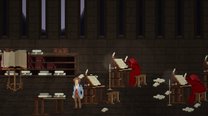
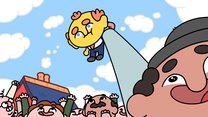
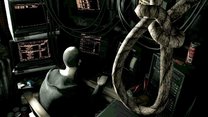




1 Comment
Want to join the discussion? Leave a comment as guest, sign in or register in our forums.
Quite interesting, I might look into it!
Reply
Leave a comment